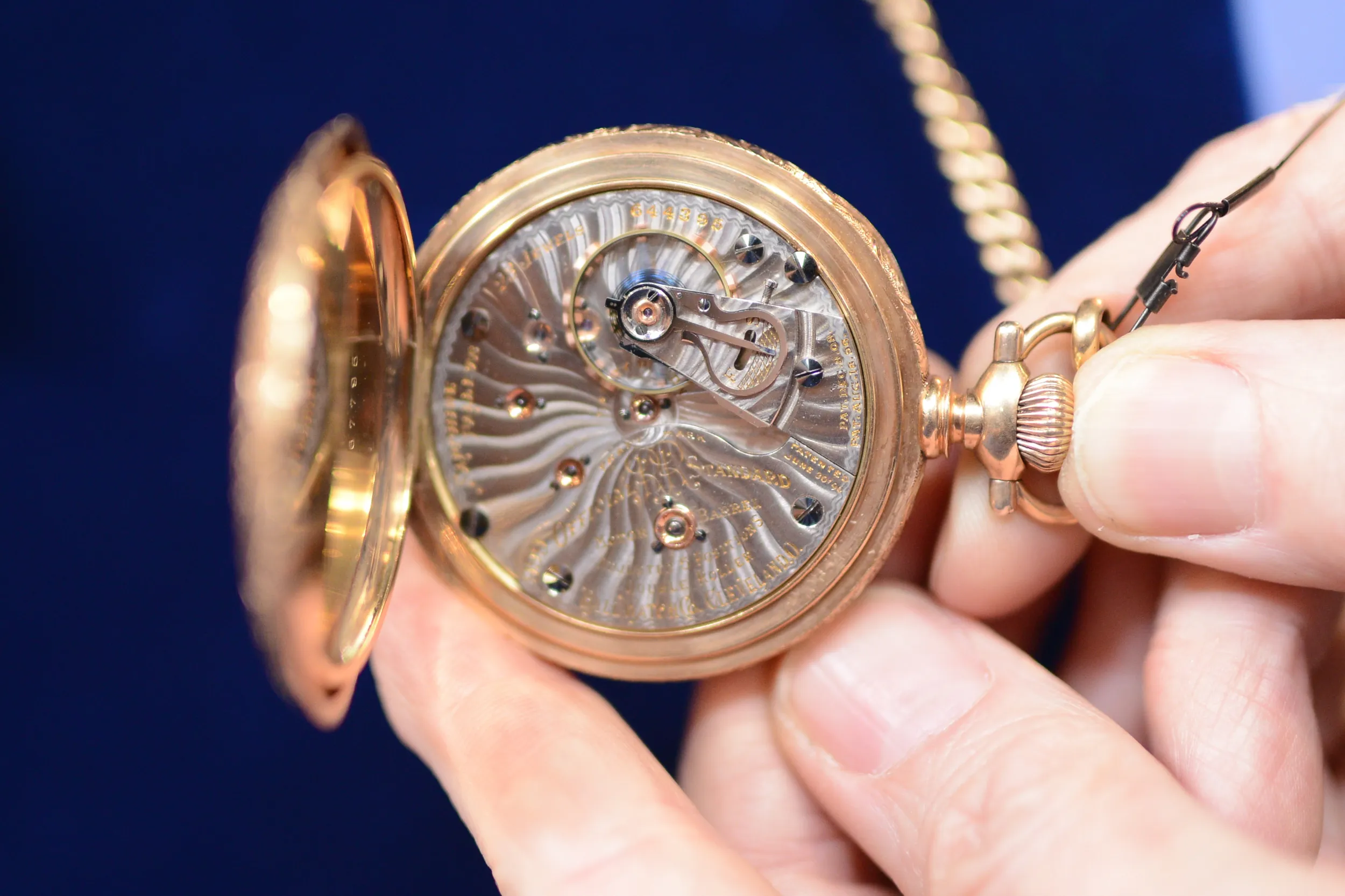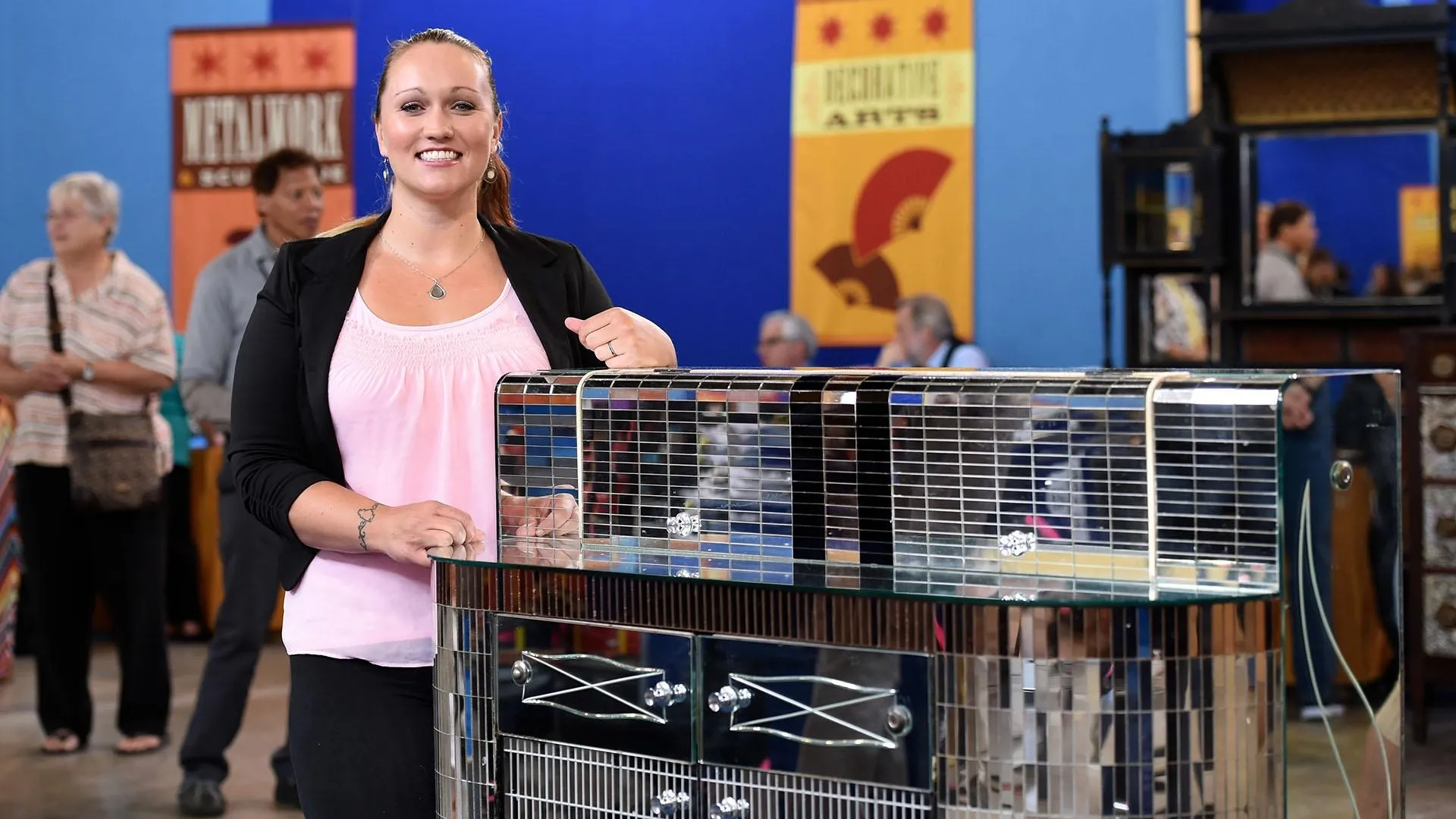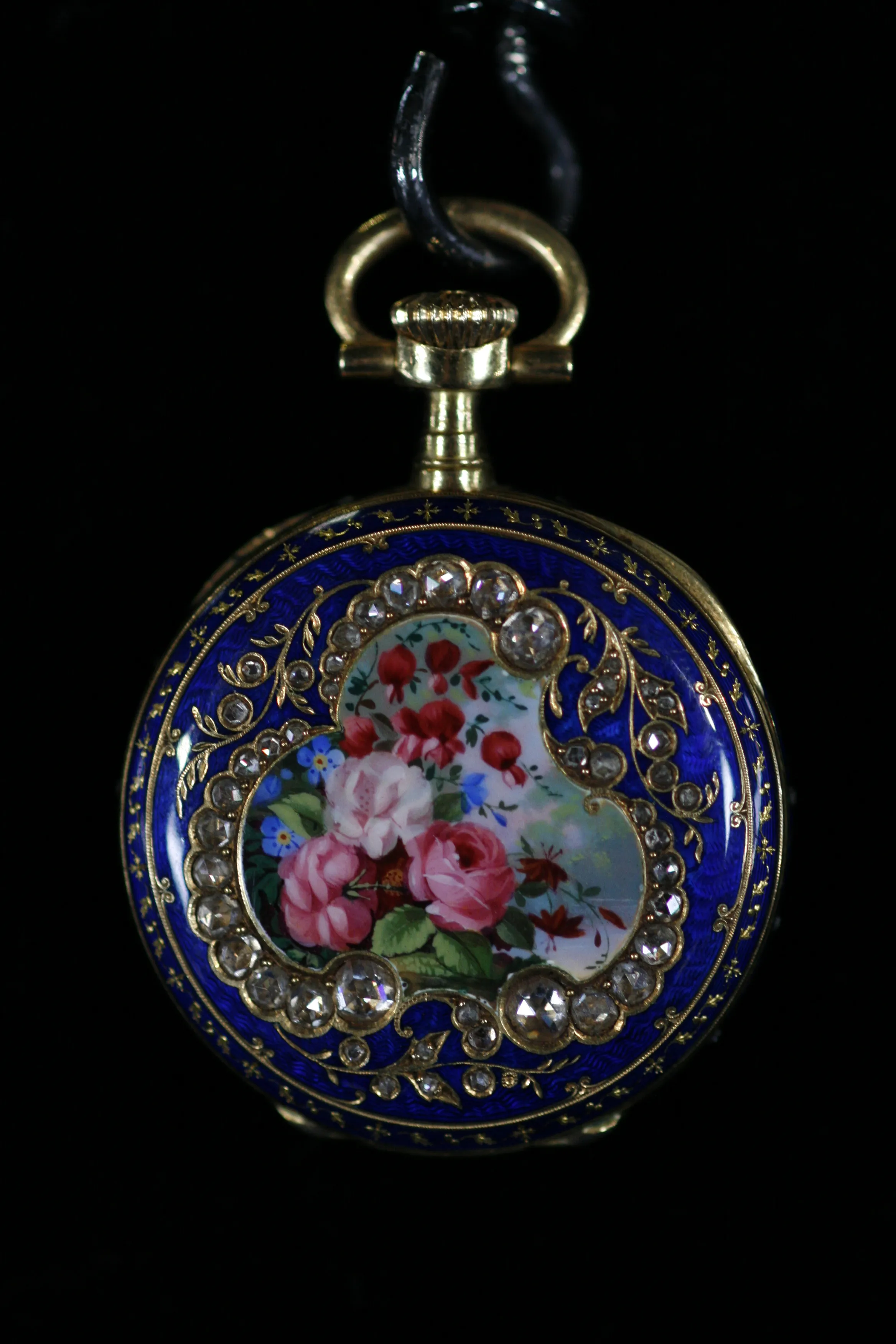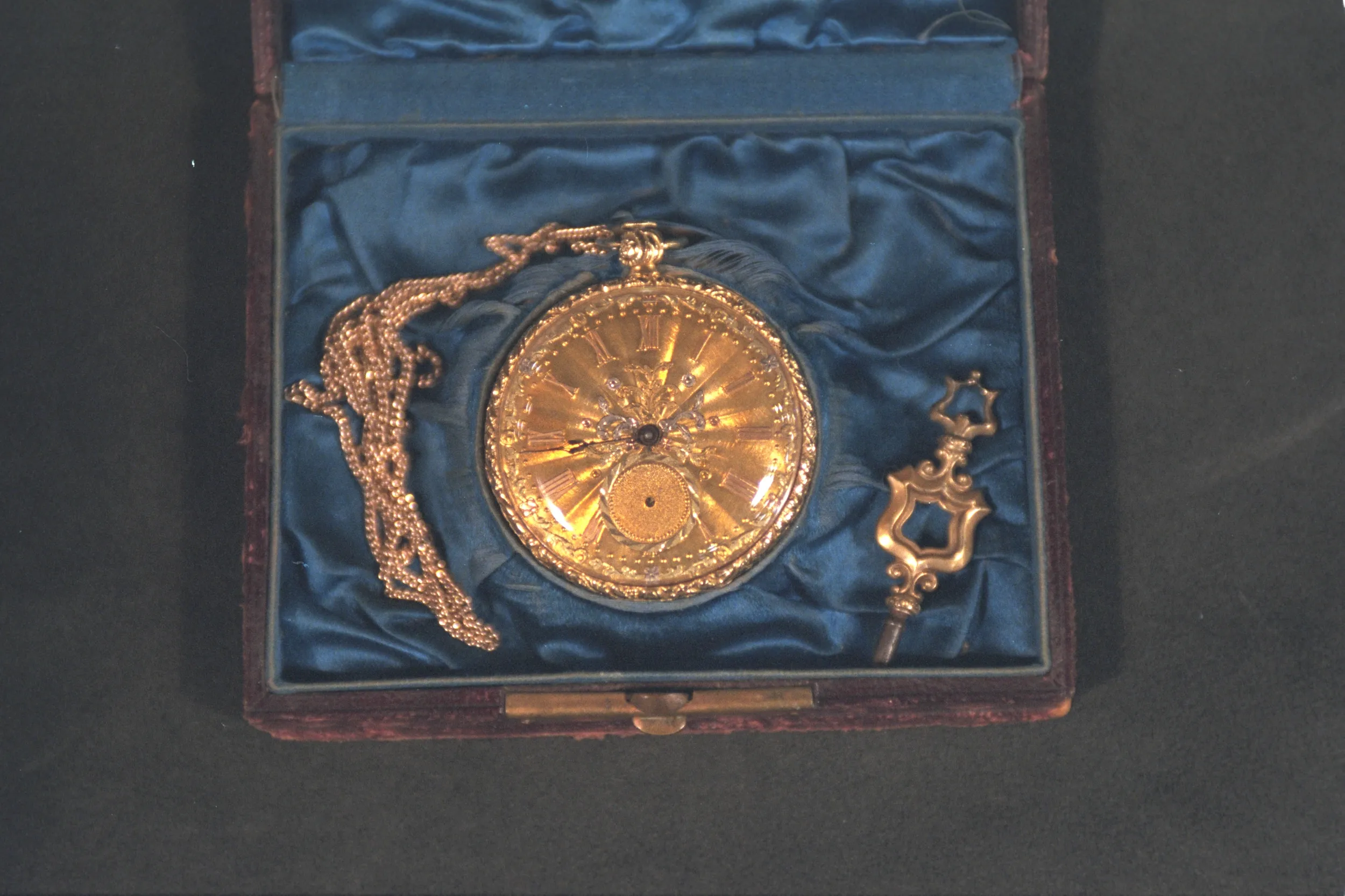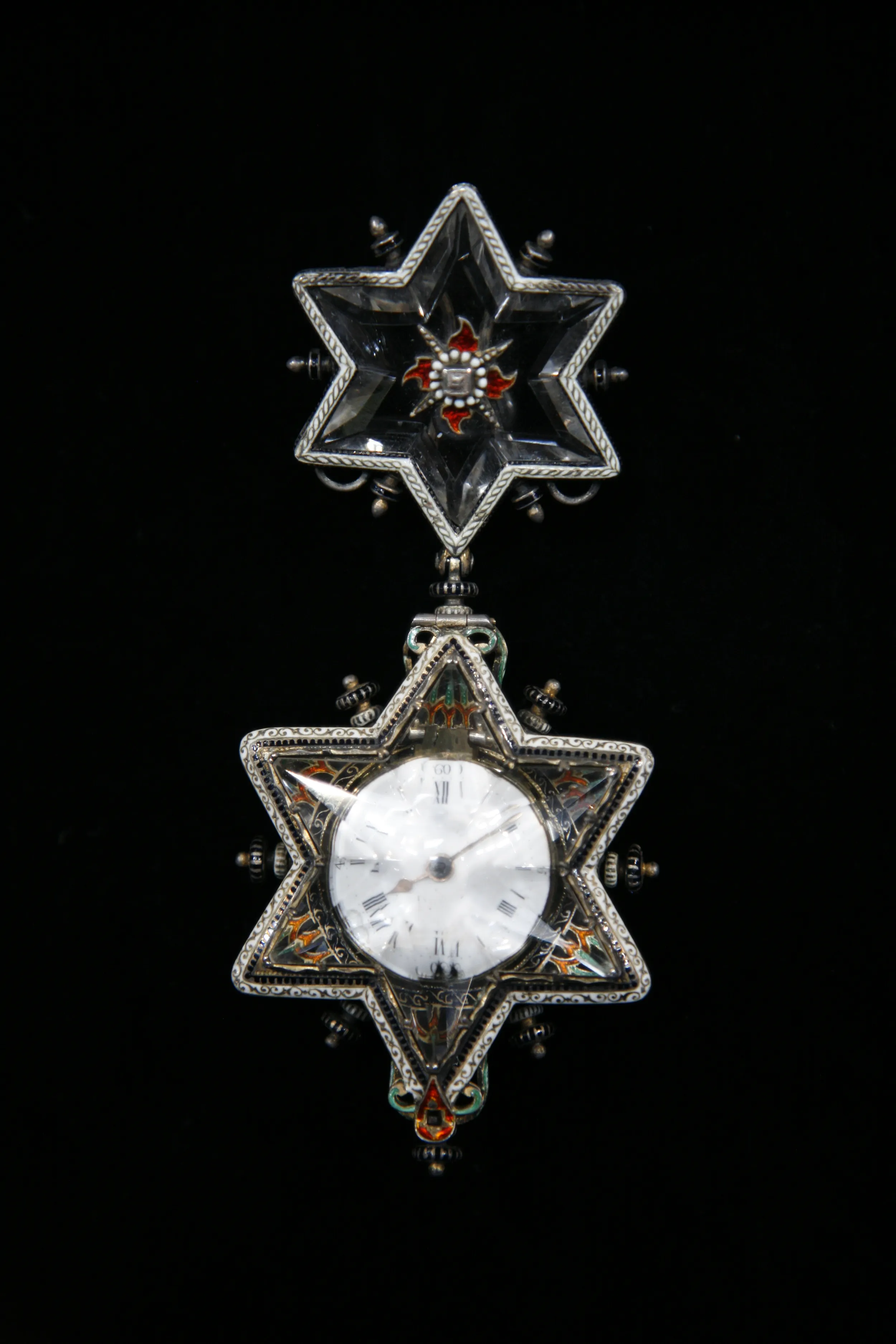GUEST: This watch was presented to my grandfather in Galveston, Texas, in 1896. At that time, he was the editor of the Brotherhood of Locomotive Firemen and Enginemen, Railroad Union's monthly magazine. He later became president of that union. He was president from 1908 to 1922. And during World War I, when the railroads were nationalized as a part of the war effort, he worked very closely with the secretary of commerce, William McAdoo, to further the war effort.
APPRAISER: Well, this is nice. It's a complete set, it's a chain and a fob, which is for the Brotherhood of Locomotive Firemen and Enginemen. Railroad watches are a very interesting American invention. If you look closely at the dial, you'll see that this was made and sold by the Ball Watch Company in Cleveland, Ohio. Now, it was indeed Webb C. Ball in the 1890s who proposed the standards that made railroad watches possible, because at that time, there was no time standard that was adopted by all railroads and railroad conductors. There were a lot of accidents, trains being on the same track together when they shouldn't have been. So, he proposed a watch that was highly precise, had a dial that was very, very easy to read, large numbers. To set the hands, you had to open the watch up so that you couldn't accidentally unset the watch. And all the value of the watch for the person who purchased it was in the movement. He didn't make watches himself, he sold them. This was made by the Hamilton Watch Company. We'll open the watch and see the extensive inscription inside the watch. Open it again to see the beautiful finish of the watch. And the idea that a railroad man could buy a watch meant that they always had to be very inexpensive, and the characteristic of a railroad watch is that generally, they're found to be in gold-filled cases. A typical railroad watch to a collector today is worth perhaps $200 or $300. But yours is very special. First of all, on the dial, it's one of a very few that were made with the logo of the Brotherhood of...
GUEST: Locomotive Firemen and Enginemen.
APPRAISER: (laughs) Locomotive Firemen... Right, that's a tongue twister. In addition, it's in a 14-karat gold case. If we turn it over, we can see that it's beautifully engraved. A railroad watch needs to have 17 jewels for its precision. This one has 23. When you add to it the fact that very, very few of these were made, to a collector, as a group of railroad memorabilia, probably at auction, an estimate would be in the order of $12,000 to $15,000.
GUES: Terrific, yeah.

